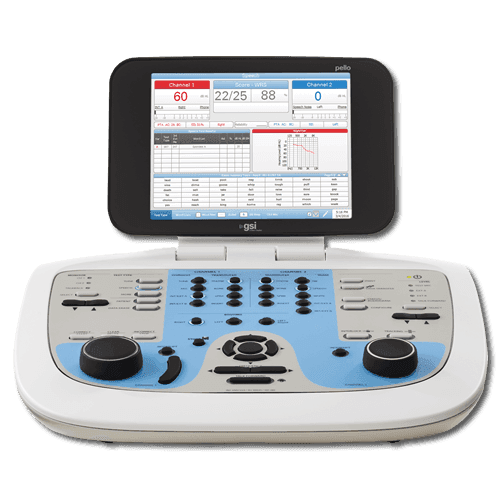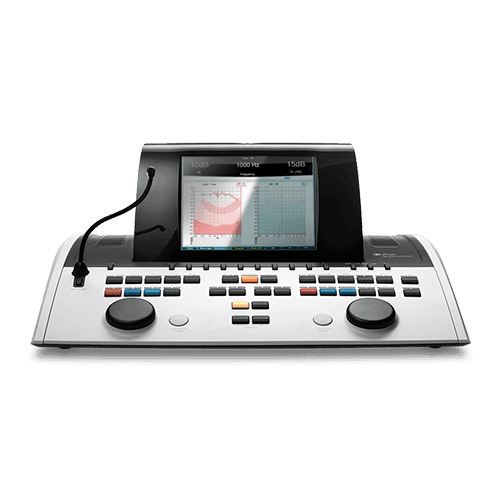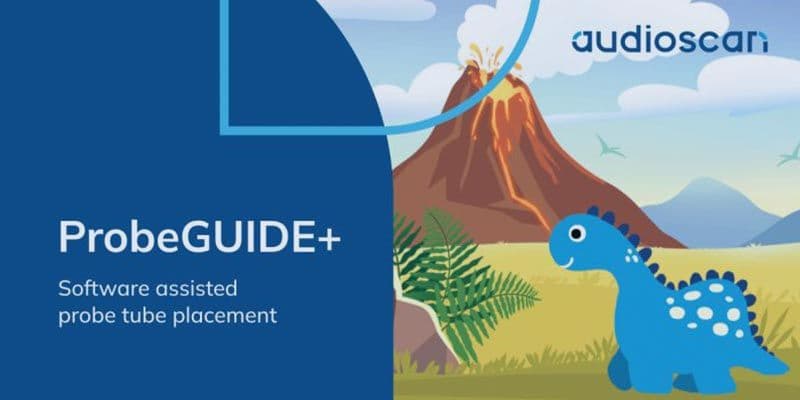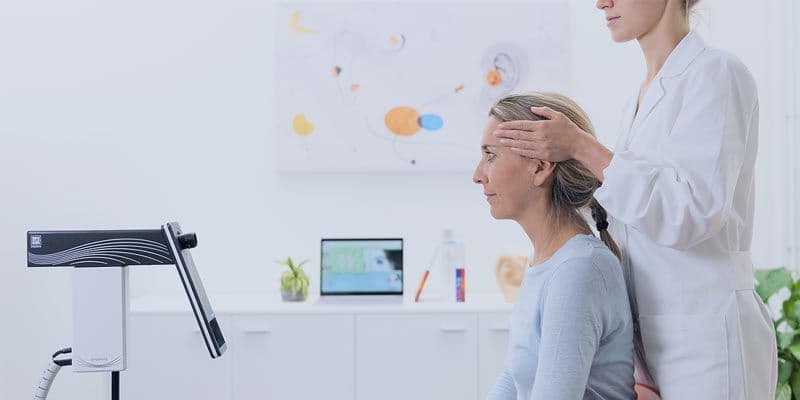2-Channel Audiometers
A 2-channel audiometer offers two fully functional and independent channels. This configuration allows for more advanced testing and greater flexibility in simultaneously delivering tones, speech, and masking noises in unlimited combinations.
Each channel can be controlled separately and allows the clinician to present different stimuli to each ear. This setup is beneficial for complex cases where precise control over the testing parameters is required. This configuration enables the channels to be used for all test types, including masking, which can be directed to either ear, allowing any signal to be played.
A 2-channel audiometer allows you to route stimuli from both channels to the same ear, making pediatric testing more efficient. You can present and route stimuli from either channel to any ear or transducer, offering flexibility in testing.
This type of audiometer is ideal for comprehensive clinical testing across all age groups due to its flexible routing, diverse sound field options, and multiple transducer capabilities.
Because of their versatile signal routing, 2-channel audiometers are the top choice for assessing auditory processing disorders. Facilities that specialize in pediatric testing, especially those that work with newborns, prefer 2-channel audiometers for their ability to quickly switch between channels and deliver various stimuli.
Two-channel audiometers also support advanced applications for more in-depth investigation of identified hearing loss, such as:
- Identification of cochlear dead regions
- Evaluation of Central Auditory Processing Disorder (CAPD)
- Advanced pediatric testing
- Cochlear implant assessments









